The Crown of the Continent
When Andy Blackwater, an elder in the Kainai (Blood Tribe) in Alberta, talks about Chief Mountain, it’s clear he has a profound and indelible connection to the imposing landmark: “I am a part of Chief Mountain, and it is a part of me.”
Wayne Stetski, director of the East Kootenay Conservation Program, is resolute that he has found “heaven on earth” in the mountain valleys of Southeast British Columbia.
Rhonda Fitzgerald, owner of the Garden Wall Inn in Whitefish, Montana, bubbles with enthusiasm as she talks about how targeted tourism can preserve what she calls the Montana brand: unspoiled nature, charming small towns, and breathtaking experiences.
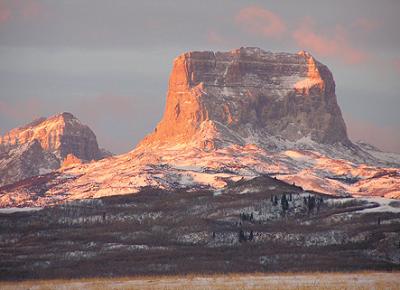
In different forms, people and organizations from throughout the Crown of the Continent share an abiding connection to the landscape. More often than not, however, these people are not connected to one another. Cultural differences, international boundaries, mixed ownership patterns, diverse public management regimes, and the rugged landscape itself act as barriers to mutual understanding and a shared identity. Helping bring people together and making the connection between people and the landscape was the driving force behind a recent policy report and conference of the same name, Remarkable Beyond Borders.
The report describes the unparalleled features of the Crown’s landscape and communities, highlights the significant number of people and organizations involved in protecting and conserving the region’s rich natural and cultural heritage, and presents options for sustaining its natural and human systems in the face of ever-changing regional and global forces.
The conference attracted over 200 people to Waterton Lakes National Park in Alberta with the explicit goal to connect people and communities with one other, share information and resources, build relationships, and explore shared challenges and opportunities. More than any program, speaker, or networking opportunity, it was the landscape itself—through the stories of Andy, Wayne, Rhonda, and others—that provided the impetus for new relationships and connections.
The 18-million-acre Crown of the Continent is a rare and special place, an ecological crossroads where plant and animal communities from the Pacific Northwest, eastern prairies, southern Rockies, and boreal forests mingle. This spine of uplifted and glacier-carved mountains is also the headwaters for North America, where pristine rivers originate and flow to the Pacific Ocean, Gulf of Mexico, and Hudson Bay. Nowhere else on the continent retains its full complement of native habitat and native predators—wolves, grizzly and black bears, cougar, coyote, fox, wolverine, bobcat, and lynx—as well as large populations of moose, elk, bighorn sheep, pronghorn, and deer.
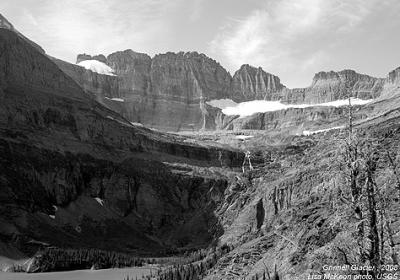
The Crown is also a place where nations and cultures meet. Humans have traveled through the Crown of the Continent since the last great ice sheets retreated about 11,500 years ago. Ancestors of the Blackfeet, Kainaiwa, Ktunaxa, Salish, and Kootenai peoples were among the first to hunt, fish, and gather plants for food and fiber here.
In the late 1890s, the editor of Forest and Stream magazine, George Bird Grinnell, and others lobbied Congress to establish a national park south of the Canadian border. In a series of articles, Grinnell referred to the region as the “Crown of the Continent;” the Blackfeet already called it the “Backbone of the World.”
Connecting communities of people throughout the Crown of the Continent can create synergies among efforts that enhance each effort individually. For example, there are many landscape dynamics that require engagement at the local level and coordination within the region. The Remarkable Beyond Borders report provides a brief overview of five such challenges: (1) adapting to a changing climate; (2) managing water resources; (3) protecting critical wildlife habitat and corridors; (4) shaping regional economic conditions while responding to global influences; (5) and guiding growth and development. Understanding these issues and addressing them in the context of shared goals, as well as individual places, is necessary.
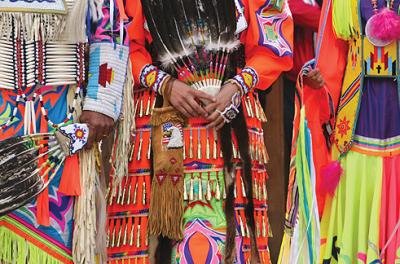
Lessons can be shared between groups of people that can assist in reaching goals. One can look at emerging strategies in the Crown of the Continent as a combination of local efforts, to groups working together at the watershed scale, to those that are coordinated throughout the region and beyond. These nested approaches represent a natural foundation for sharing knowledge, practices, and commitments to shared values. Under those conditions, a unified voice emerges organically by people with common interests and visions, sharing ideas, information, and working together.
The strategies emerging in the Crown involve landowners, com¬munities, agencies, and advocacy groups working through various means to address a number of issues related to the natural and human environment.
The report highlights a number of strategic options to move forward. The options are not presented as a consensus-based set of recommendations; rather, they are more like trailheads, a place to begin exploring paths to sustain the natural and cultural heritage of the Crown. Some of the options build on existing initiatives; in such cases, the intent is to amplify and seek additional support for them. Some options may be new, some just being explored. The report presents 15 specific options that seek to: (1) coordinate policy and planning; (2) expand conservation funding and finance strategies; (3) facilitate scientific and public learning; and (4) build regional capacity. If you are interested in learning more about these efforts, or getting involved, contact Shawn Johnson at [email protected].
Both the report and conference were organized with the input and advice of people who have participated in one or more Roundtable on the Crown of the Continent events. The Roundtable is an ongoing forum to bring together people who care about the Crown of the Continent. It is co-convened by the Center for Natural Resources and Environmental Policy, the Lincoln Institute of Land Policy, and the Sonoran Institute.
Like any partnership, participation in the Roundtable is based on self-interest. People participate for their own benefit and to develop their own work. The Roundtable therefore tends to have fluid membership; people move in and out of the activities of the Roundtable based on how much they personally benefit from participating. As people exchange ideas, learn together, and develop a common sense of purpose, they increase their individual and collective capacity and commitment.
Recent Roundtable conversations have focused on ways to build upon the energy and connections generated through the conference and report. Specific ideas include a 2nd annual conference, a statement of shared values and principles, and working groups focused on specific challenges or opportunities. This effort will take leadership and dedication of the many groups committed to this place. We hope both the report and the conference brought people in the region together, confirmed shared goals and values, and helped to chart a future for this remarkable region.
To order the report, contact Nina Chambers ([email protected]) at Sonoran Institute, 201 S. Wallace Ave., Bozeman, MT, 59715.
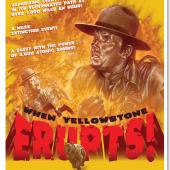
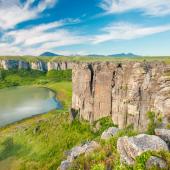

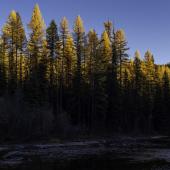
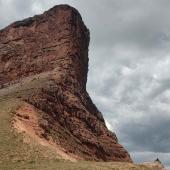


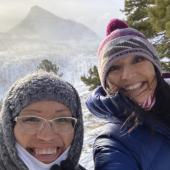
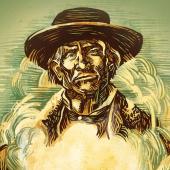
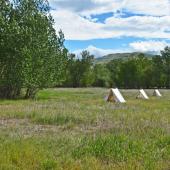
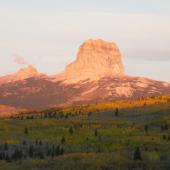
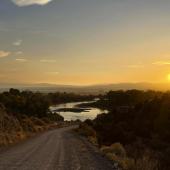
Leave a Comment Here